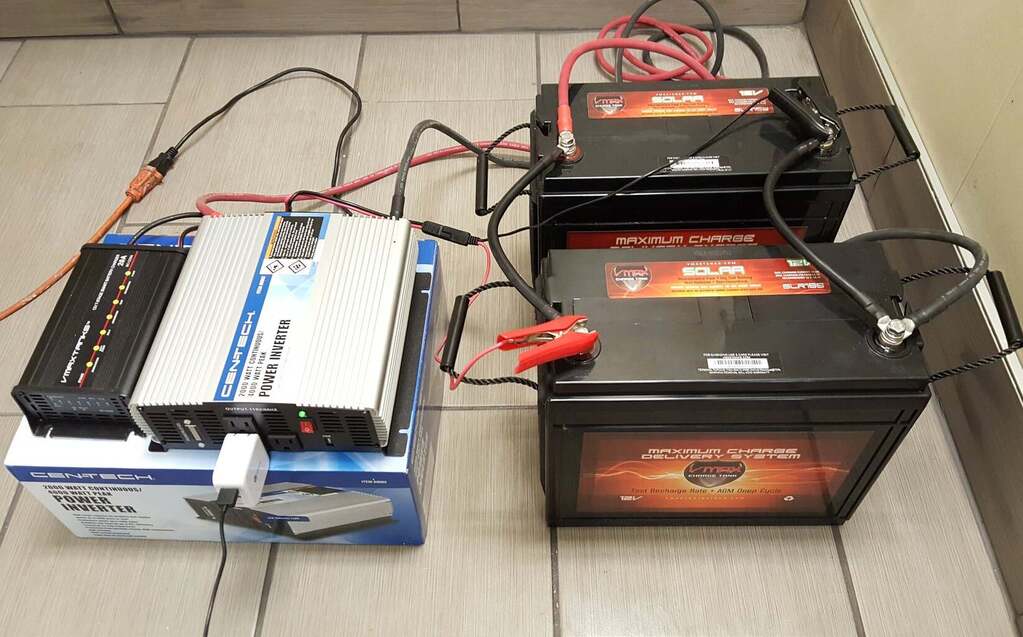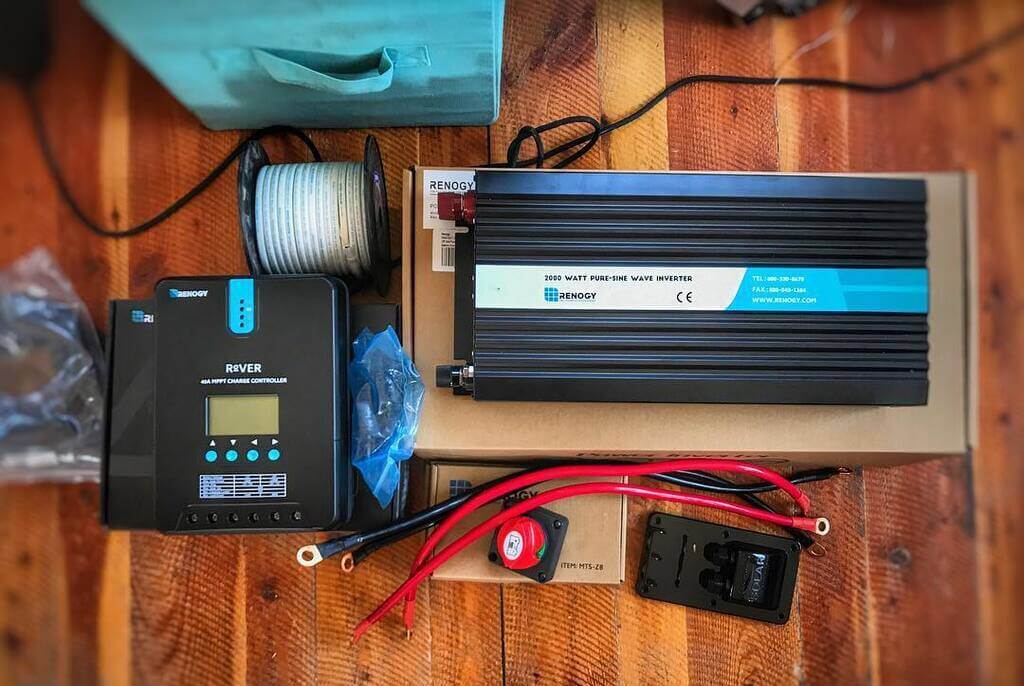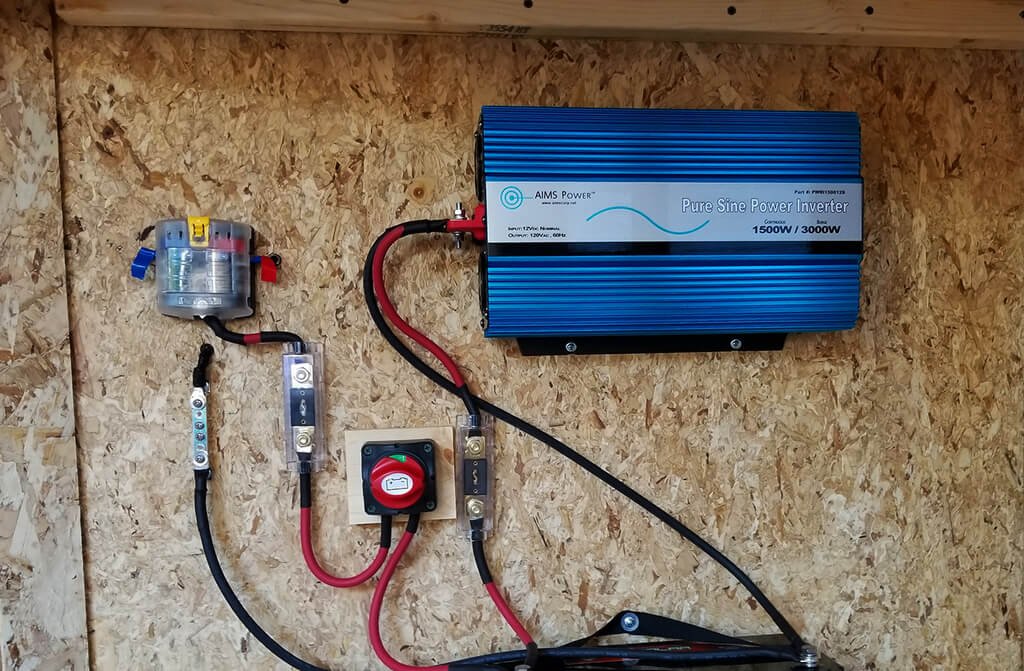Inverters are a great way to convert DC power from your car battery, solar panels, or wind turbine into AC power for use in your home. But if you don’t know how to use an inverter properly, it can cause severe damage and even start a fire. Let’s explore the different types of power inverters on the market, as well as tips on how to get started using one safely at home.
How Do You Use a Power Inverter?

If you have an emergency at home, whether a power outage or car trouble, it is good to be prepared. One way to prepare for the unexpected is by having a power inverter on hand. Power inverters are essential tools that will help you power your devices at home.
There are tons of benefits to having a power inverter on hand. Here is just a short list of the benefits you’ll get by using a power inverter at home:
- Use your devices anywhere, even without electricity.
- Save money on energy bills because you are not running your appliances off of grid power.
- Power efficiency ensures that your appliances get the power they need.
- An excellent investment, especially if you are in a region where power outages are expected.
- Safety features ensure that your devices are protected from overcharging, overheating, and short circuits.
- The ability to easily monitor power usage with a built-in LCD or remote monitoring option for added convenience.
- Uninterrupted power keeps you connected during blackouts, so you can continue communicating with loved ones through phone calls.
To safely use your power inverter, follow these tips:
Be sure to buy a power inverter with the correct wattage for your intended use. Power needs will vary depending on what you are powering, so make sure that you have chosen an inverter with enough watts to support all of the devices being used at once. Take note that the best power inverters for home are those that come with cooling fans, surge protection, and short circuit prevention.
You should also ensure that your power inverter has overcharge protection to prevent batteries in devices like laptops from being damaged by constantly charging them when there is no charge left. Make sure you can easily monitor how much power the inverter is using every day, as well as how much power your devices are using every day.
This way, you can keep track of how many watts you’re consuming and make sure that it’s less than what the inverter can output. Remember that inverters tend to lose about five percent of their efficiency as they heat up from use.
This makes cooling fans important, as they prevent the inverter from overheating. Power inverters can be a lifesaver during an emergency, but if you don’t know how to use them correctly, they can cause severe damage and even start a fire.
Be sure to mount the power inverter in a well-ventilated area away from any damp surfaces or objects that could pose safety hazards. The best location is near your battery and closest to the AC outlet to plug in your devices. This will help you avoid any safety hazards, such as heat build-up or a fire.
Be sure to position the inverter’s cables away from sharp objects and surfaces that could cause damage to them. You don’t want frayed wires at your disposal because they can risk electrical shock if they are not appropriately handled. Frayed cords can also pose a risk of fire.
Be sure to connect the inverter directly to your batteries without using extension cords or power strips, as these can cause safety hazards like overheating and fires. By following these tips, you’ll be able to use an inverter safely with no problems.
Types of Power Inverters and Where to Use It
There are different types of power inverters to choose from, and some of them include:
Sine Wave

This type of inverter is usually more expensive, but it also provides a cleaner power supply which results in less noise and better compatibility with sensitive electronics. Sine wave inverters are typically used for laptops, TVs, stereos, video game consoles, phones/tablets/cameras that require specific adapters to work correctly.
Modified Sine Wave

This is the most common type of inverter that you will find on the market today. It provides a power supply that results in less noise and better compatibility with sensitive electronics, but it also costs much less than sine wave inverters do. Modified sine wave inverters are typically used for small appliances, lights/outlets, fans, power tools/power packs.
Pure Sine Wave

Another type of inverter is the Pure Sine Wave Inverter which provides a very clean and reliable power supply for sensitive electronics like laptops, TVs, stereos, video game consoles, phones/tablets/cameras that require specific adapters to work correctly. However, this type of inverter is usually the most expensive, and it also draws more power than sine wave inverters.
Square Wave
The last type of inverter on this list is called a Square Wave Inverter, which provides cheaper options for powering certain items like small appliances/lights etc. Still, they aren’t good at all with sensitive electronics such as laptops, TVs, etc.
A good rule of thumb is that the larger the inverter’s wattage, the more expensive it will be. While square wave inverters are usually cheaper than other types, they aren’t very reliable and should only be used for items that require less power to operate correctly.
Final Words
Proper usage of a power inverter can save you time and money without having to worry about your devices overheating or short-circuiting. If you plan to purchase one for home use, ensure that you mount it in a safe and well-ventilated area, away from any damp surfaces or objects that could pose safety hazards.
Continue reading:

